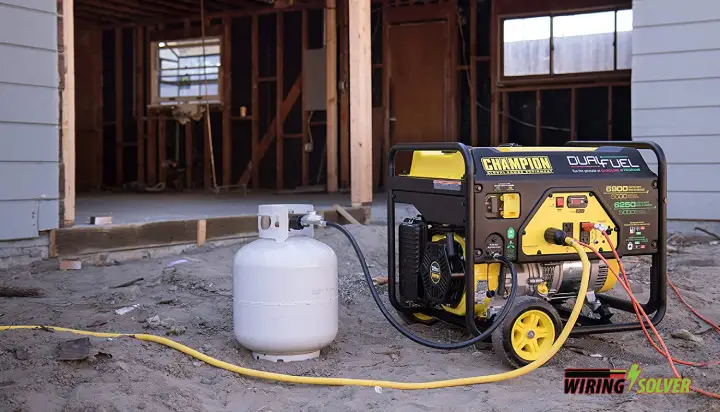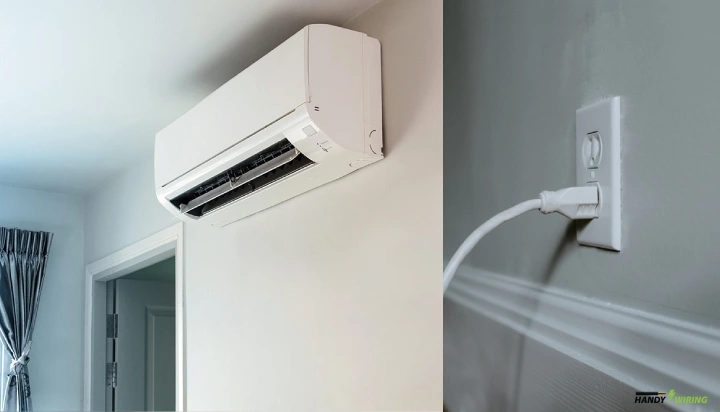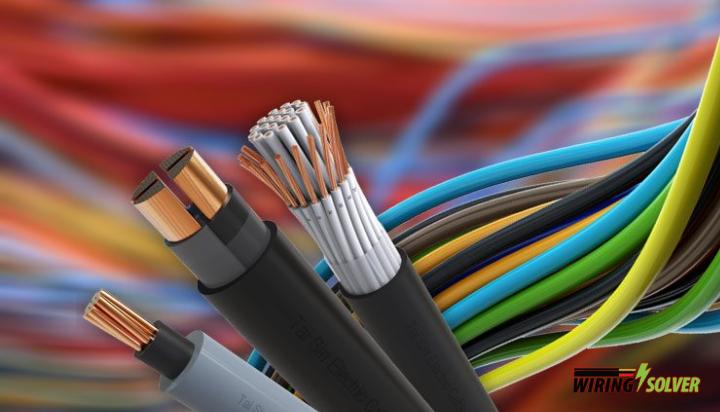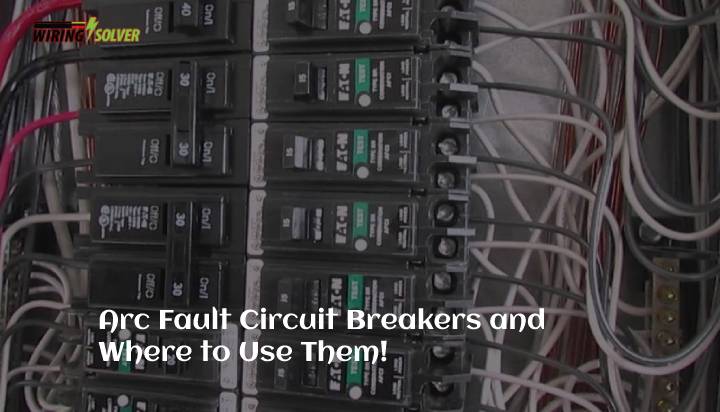The neutral wire in an electrical circuit is often misunderstood as being a “dead” wire that carries no current. However, this is not necessarily the case.
The neutral wire can carry current in certain circumstances. So, the answer to the question is both yes and no, depending on the specific circumstances and the design of the electrical system.
In this article, the role of the neutral wire will be discussed along with the explanation of when it carries current. The importance of properly sizing and installing the neutral wire will also be discoursed.

Does a Neutral Wire Carry Any Charge?
The neutral wire does, in fact, carry a charge. It serves as a path for the hot wire current to return. Because of the speed at which current moves in a closed circuit, both the neutral and hot wires are charged.
It’s worth noting that the neutral wire is connected to the ground wire. Because of this, touching a neutral wire can be dangerous. So, can you get a shock from the neutral wire? Yes, you definitely can.
The grounding wire must be properly installed for the circuit to function. When it comes to how the neutral wire is connected to the hot and grounding wires, there are strict regulations in place.
It’s from what they call ground loops. Even though they are ‘neutral’ wires, they have resistance, and a long enough neural wire can develop a voltage which can cause a shock.
If there are any errors in this area, it could endanger people’s lives. The best course of action is to examine how the neutral wire functions in the circuit and ensure that the current has a clear path to its source.
Does Neutral Wire Carry Current in Single-Phase?
In a single-phase system, the neutral wire does carry current. It should carry the same current as the hot wire. In contrast, if a three-phase setup is used, the current will be evenly balanced between the three phases, eliminating the need for a neutral wire.
If the neutral wire is not properly connected, it can have a direct effect on how the current flows.
Remember that the neutral wire’s purpose is to provide a natural return path for the current within the circuit. The circuit will not function properly if there is no return path.
The neutral conductor is not required in a three-phase setup because the multi-phase design ensures that the current is balanced. It is necessary to know how to test live wire in order to check a neutral wire.
Too find the best non-contact voltage tester, it is necessary to check proper reviews before buying one. And it is always better to buy a product from a reputable brand than a non-branded product.
Where Does Current Go Through the Neutral Wire?
The neutral current is directed to ground. This is a zero voltage reference point within the circuit as well as a current return path. Because these wires are interconnected, current will flow from the neutral wire to the ground wire. The “circuit” is completed in this manner.
Assume that the neutral current does not have a path to ground. What happens in this case? Does current flow through neutral wire?
Because the neutral current flows through the neutral wire, it still necessitates the use of an outlet. Unfortunately, this renders the electrical circuit extremely hazardous to humans.
Contact with the neutral wire can result in a shock. This is why a ground wire is required. It is also necessary to properly know about upstream and downstream in electrical occurrences.
The Importance of Properly Sizing and Installing The Neutral Wire
Properly sizing and installing the neutral wire is important for a number of reasons.
- First, the neutral wire must be able to carry the full electrical load of the circuit. If the neutral wire is not properly sized, it can become overloaded, leading to overheating and potentially causing a fire.
- Second, the neutral wire must be properly connected and grounded. If the neutral wire is not properly grounded, it can create a safety hazard and increase the risk of electrical shock or fire.
- Third, the neutral wire must be installed according to local building codes and electrical regulations. These codes and regulations are in place to ensure the safety of electrical systems and the people who use them.
It is important to consult with a qualified electrician or engineer when installing or modifying an electrical system to ensure that the neutral wire is properly sized and installed.
Summary
The live wire carries the full load current, while the neutral wire only carries the difference between the current flowing in the live wire and the current flowing back through the neutral wire.
In conclusion, the neutral wire allows the flow of electrical current from the load back to the source. It is important to properly install the neutral wire to ensure the safe and efficient operation of the electrical system.

![How to Fix Hole in Ceiling from Light Fixture? [Full Guide]](https://wiringsolver.com/wp-content/uploads/2021/09/How-to-Fix-Hole-in-Ceiling-from-Light-Fixture.webp)




